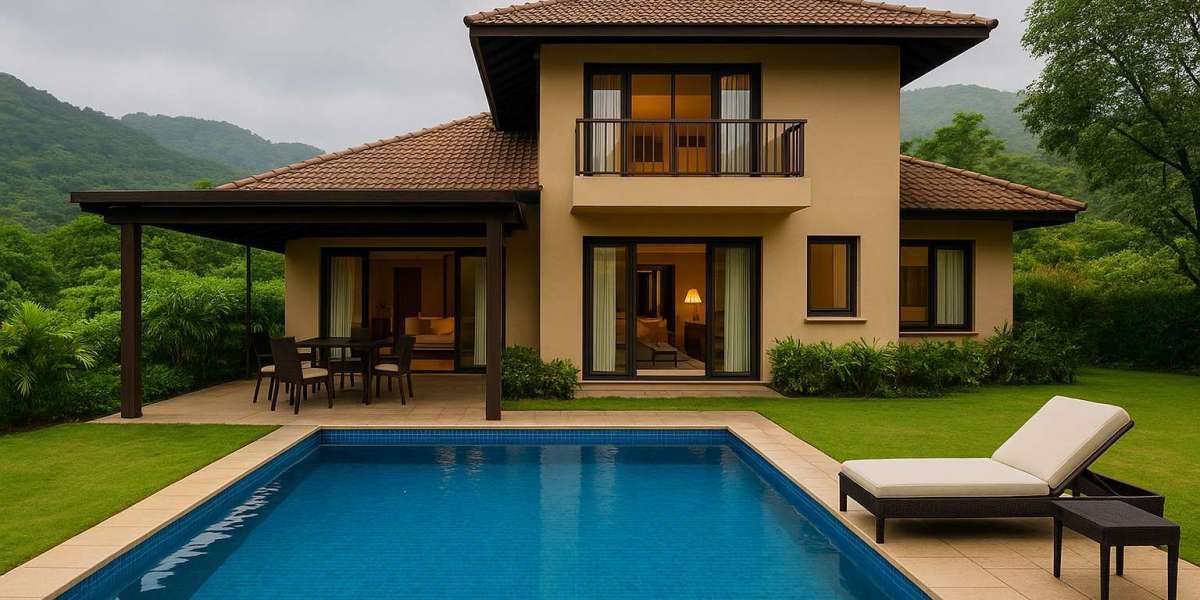If you're planning to reunite with your child in Australia, understanding the difference between Child Visa Subclass 101 and Child Visa Subclass 802 is crucial. Both these visas are designed to allow children of Australian citizens, permanent residents, or eligible New Zealand citizens to live in Australia permanently. However, the key difference lies in where the child is located at the time of the application—and that distinction can significantly impact the process.
In this guide, we’ll break down both visa subclasses, highlight their similarities and differences, and walk you through how to apply.
What Is Child Visa Subclass 101?
Child Visa 101 is intended for children outside Australia at the time of application and visa decision. It allows the child to move to Australia and live permanently with their sponsoring parent. This visa is often used when children are overseas and parents wish to bring them to Australia to settle down together.
Key features of Child Visa 101:
The child must be outside Australia when applying and when the visa is granted.
The sponsoring parent must be an Australian citizen, permanent resident, or eligible New Zealand citizen.
Grants permanent residency to the child.
The child can work, study, and access Medicare once the visa is granted.
It provides a pathway to Australian citizenship.
What Is Child Visa Subclass 802?
Child Visa 802 is for children who are already in Australia. This visa lets eligible children stay in Australia permanently with their parents.
Key features of Child Visa 802:
The child must be in Australia at the time of application and decision.
The sponsor must meet the same criteria as for the 101 visa.
Provides permanent residency and access to benefits like Medicare.
The child can live, study, and work in Australia.
A direct route to citizenship once eligibility requirements are met.
Shared Eligibility Criteria
Regardless of the subclass, both visas have some common eligibility requirements:
Age: The child must be under 18 years old, or between 18 and 25 and a full-time student financially dependent on the sponsoring parent. Children with disabilities may also be eligible beyond this age.
Dependency: The child must be financially dependent on the parent and not married or in a de facto relationship.
Health & Character: The child must meet Australian health and character requirements.
Parental Responsibility: The sponsor must have legal responsibility for the child. Consent from both parents or legal guardians is required in some cases.
Key Differences: Visa 101 vs Visa 802
| Criteria | Child Visa 101 | Child Visa 802 |
|---|---|---|
| Location at time of application | Outside Australia | In Australia |
| Location at time of decision | Outside Australia | In Australia |
| Processing time | Typically longer due to offshore processing | Usually faster if documents are complete |
| Use case | For bringing children into Australia | For children already staying in Australia on another visa |
Application Process
The application process for both visas is quite similar, but the main variation is the child’s location. Here's a step-by-step breakdown:
Step 1: Gather Documents
You'll need:
Child’s birth certificate
Proof of the relationship with the sponsoring parent
Consent documents (if required from the other parent)
Identity documents (passport, photographs, etc.)
Health and character checks
Education and financial documents (if the child is over 18)
Step 2: Submit the Application
For Visa 101, lodge the application online or via paper while the child is outside Australia.
For Visa 802, the application is submitted while the child is in Australia.
Step 3: Health Checks and Biometrics
After submission, you’ll be asked to complete health examinations. This applies to both onshore and offshore applications.
Step 4: Wait for Processing
Visa 101 processing time can range from 12 to 24 months.
Visa 802 can take around 10 to 20 months, depending on case complexity and documentation.
Step 5: Visa Outcome
Once granted, the child receives permanent residency and can access benefits like:
Public education
Healthcare through Medicare
Family Tax Benefits and other Centrelink services (if eligible)
Australian citizenship eligibility after meeting the residency requirement
Tips for a Smooth Application
Double-check documents: Incomplete applications are the biggest reason for delays.
Consent is crucial: If the child has another parent or guardian not migrating, their consent is often required in writing.
Use a registered migration agent: Especially if your situation is complex, a MARA-registered agent can help you avoid mistakes and delays.
Final Thoughts
Choosing between Child Visa 101 and Child Visa 802 mostly comes down to where your child is located. If your child is overseas and you want them to join you in Australia, Visa 101 is the way to go. If they are already here, Visa 802 is your best option.
Both options offer a permanent, family-focused solution to ensure your child can grow up safely and happily in Australia. Navigating Australian immigration can be challenging, but with the right guidance and preparation, bringing your child home is absolutely possible.



